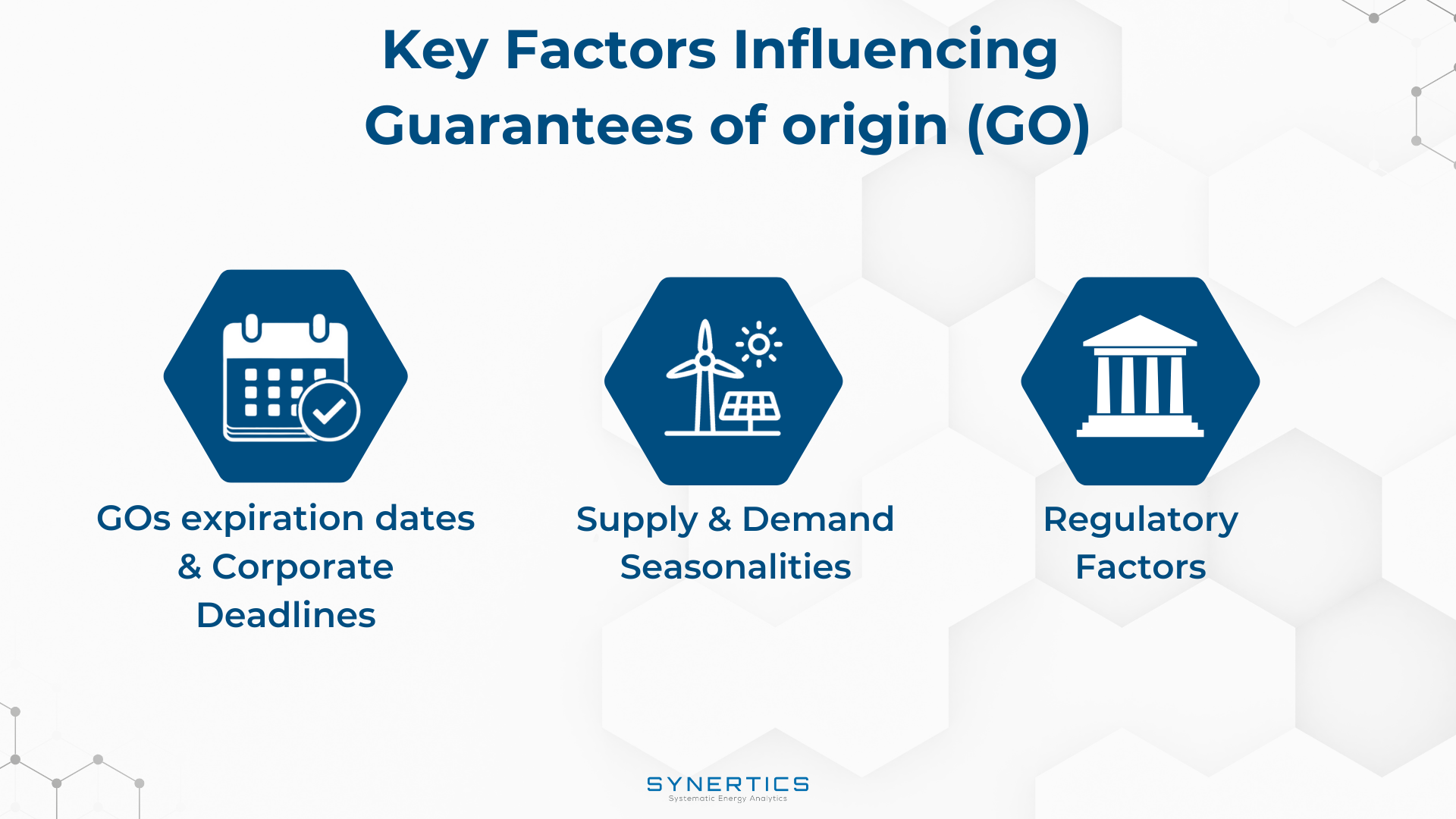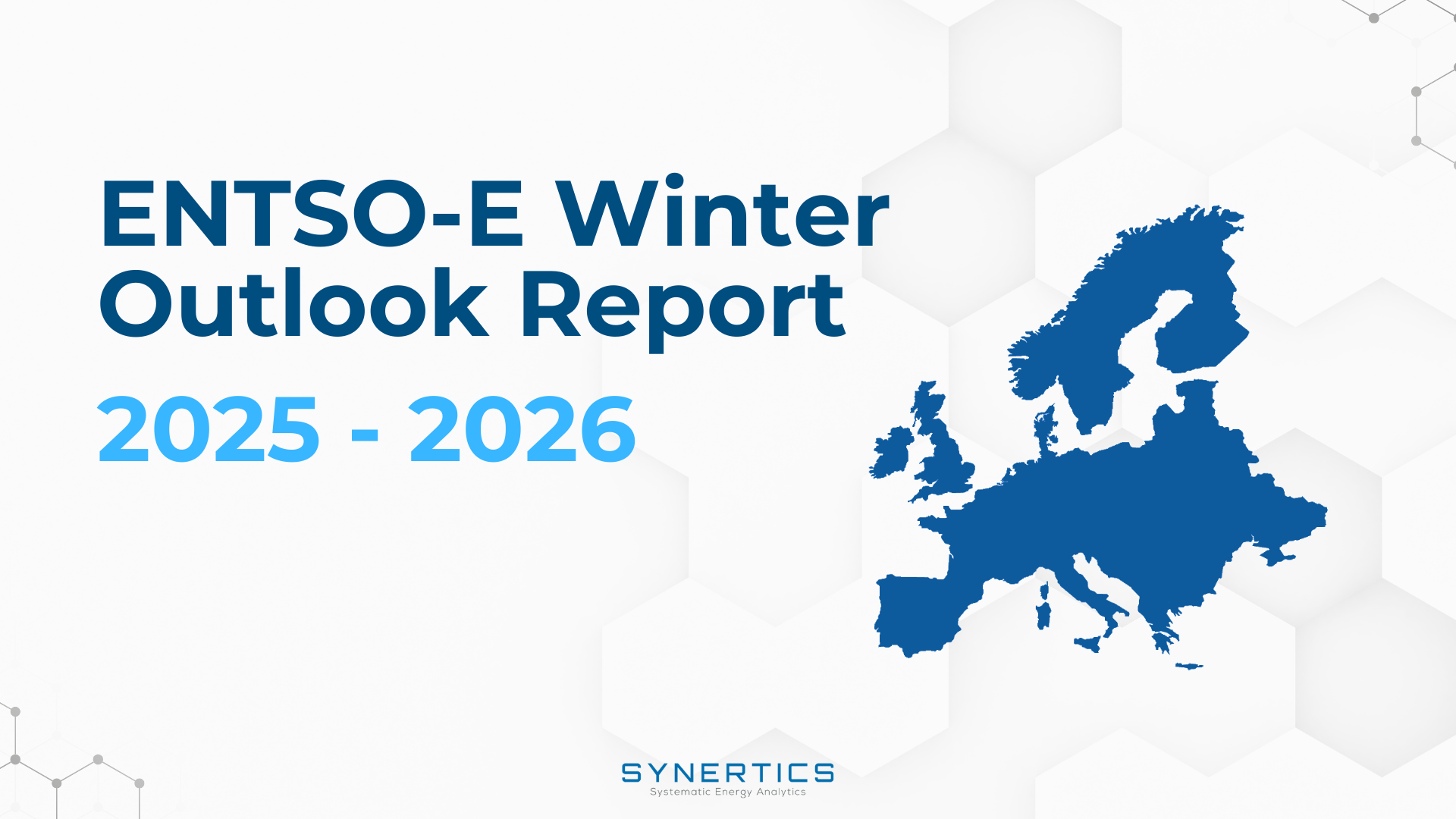Join us on our journey towards renewable energy excellence, where knowledge meets innovation.
As Europe accelerates its transition to a decarbonised economy, two major policy initiatives launched in 2025 are setting the stage for a more competitive, resilient, and climate-neutral industrial future. The Clean Industrial Deal and the Affordable Energy Action Plan form the core of the EU’s new strategy, The EU Competitiveness Compass, to reduce energy costs, modernise infrastructure, and scale clean energy deployment.
This article aims to provide an overview of key measures impacting those active in the PPA and renewable energy market. From new network charge methodologies and streamlined permitting processes to tax reforms and initiatives for promoting long-term contracts, these policies will play a pivotal role in shaping the future of clean energy.

Increase Efficiency of Network Charges
Network charges fund the physical development of electricity grids and the ongoing operation of the system. Significant investment is needed to modernise and expand the network to support the growth of renewables, increasing electrification, and rising industrial and commercial demand. At the same time, system operating costs are also increasing. By designing network charges that encourage system efficiency and the use of lower-cost clean electricity, it’s possible to quickly reduce overall system costs.
In order to facilitate these more efficient network charges the Commission will:
By the second quarter of 2025, new measures promoting flexibility are expected to be in place. These measures will help reduce peak demand, lower overall energy system costs, limit the need for new grid investments, and reduce costly re-dispatching. It will avoid an uncontrolled rise in grid management costs, which could otherwise reach €26 billion by 2030.
Decrease Energy Taxes and Levies
High electricity taxes increase consumer bills and fail to discourage fossil fuel use, slowing electrification and the uptake of affordable, locally produced clean electricity. Electricity is mainly taxed through VAT and energy taxation, with the Energy Taxation Directive allowing Member States to lower rates, even down to zero in some cases, particularly for energy-intensive industries, households or renewable electricity. However, such measures should be carefully targeted to achieve impact while keeping fiscal costs under control.
In order to set up a system of fairer taxation that is in line with EU climate and energy goals The Council should finalise the revision of the Energy Taxation Directive (ETD), proposed in 2021. In this Directive energy will be categorised in a simpler, clearer way, ranked by their environmental performance. Those with the greatest environmental harm will face the highest minimum tax rates, ensuring that the most polluting fuels are taxed the most. This approach would involve removing outdated exemptions and reduced rates that currently favour fossil fuels.
The Commission highlights that Member States can:
Following the adoption of the revised Energy Taxation Directive (ETD), additional recommendations from the Commission are expected in the fourth quarter of 2025. This is anticipated to deliver an immediate reduction in energy bills, with the potential to halve the tax component. Such measures would support the acceleration of electrification by providing fiscal incentives, while also helping to reduce dependence on fossil fuels.
Support Further PPA Market Development
High and volatile gas prices increase electricity prices. Power Purchase Agreements (PPAs) and other long-term contracts between clean energy developers and industrial consumers help secure stable and lower-cost electricity over time. These contracts reduce project risks for renewable developers by guaranteeing long-term prices, supporting investment decisions, while providing long-term price stability for industrial consumers. Although PPA demand is rising, many energy-intensive industries still face barriers to accessing them. To address this, the Commission will strengthen efforts through electricity market reforms to encourage and mainstream long-term contracts, helping decouple electricity bills from short-term price volatility.
To make it easier for new players to enter into long-term energy contracts, the Commission will back national initiatives and introduce risk-mitigation tools. Specifically, it will:
The removal of regulatory barriers will begin immediately, with coordination with the EIB planned for the second quarter of 2025 and guidance to Member States on designing contracts for difference by the fourth quarter of 2025. This approach aims to provide greater price stability for buyers, helping European companies manage energy cost volatility and benefit from better cross-border hedging options. At the same time, long-term contracts will give renewable energy producers the stable, predictable revenues needed to lower financing costs.
Reducing Permitting Times
Renewable energy is now the cheapest source of new power, but long lead times, up to 7–10 years for wind and even up to 17 years for transmission grids, are slowing its large-scale rollout and affecting project viability. The EU, national, and local authorities need to urgently accelerate permitting for clean energy, grid, storage and flexibility infrastructure. The Commission urges Member States to swiftly implement the new clean energy permitting rules, highlighting positive outcomes where reforms are already applied. In Germany, accelerated permitting since the energy crisis has tripled onshore wind project approvals since 2022, increased installations by 48% in 2023, and approved 3,300 km of transmission grids since Q2 2023, saving 12 months to three years in permitting time.
However, lengthy environmental assessments remain a major bottleneck. Targeted updates to simplify these processes, while preserving environmental and health protections, along with shorter permitting deadlines, are essential to speed up project delivery and reduce energy costs.
The Commission there proposes that Member States should:
Meanwhile the Commission will:
National permitting regimes will be adapted as soon as possible, with further steps planned for mid-2025. These measures could cut permitting times to under 6 months for simple projects like repowering, and to between 1 to 2 years for new renewable projects.
Improving Grid Infrastructure
A well-connected energy network is essential to efficiently deliver affordable clean energy from production areas to regions with high demand, helping to reduce price spikes and regional disparities. To meet this need, EUR 584 billion in grid investments is required across Europe by the end of the decade. However, significant gaps remain, with 32 GW of cross-border capacity still unaddressed by 2030, contributing to uneven electricity prices, particularly in areas like Southeast Europe.
At the same time, existing infrastructure is not being used efficiently. Interconnectors are expected to make at least 70% of their capacity available for cross-border electricity trading, but most Member States have yet to meet this target. Within countries, grid connection requests for distribution networks are increasing rapidly, creating long queues that slow the deployment of renewable energy projects and electrification efforts while deterring further investment.
Building on the 2023 Grid Action Plan, the Commission will propose a European Grid Package by Q1 2026, including measures to simplify the TEN-E Regulation, improve cross-border project planning, streamline permitting and enhance distribution grids. It will adopt a top-down, integrated planning approach with fair cost-sharing for cross-border projects.
Boosting System Flexibility
Increasing system flexibility through solutions like storage and demand response helps balance supply and demand. This encourages consumers to shift electricity use to times of lower demand or higher supply, making electricity more affordable. This approach helps to limit price spikes, avoid negative price events and overall reduce market volatility, leading to more stable and predictable electricity prices.
However, in many Member States, demand response and storage still face obstacles in accessing wholesale markets and participating in ancillary and congestion management services. In 10 Member States, the lack of a clear legal framework for aggregators prevents them from joining these services, limiting potential benefits for consumers.
In order to boost system flexibility Member States will need to:
Meanwhile, the Commission will:
Member States are expected to remove national barriers immediately, while the Commission will revise the framework under State aid rules by the second quarter of 2025 and adopt new rules on demand response by the first quarter of 2026. Fully delivering an electricity system built on flexible capacity could lower average wholesale electricity prices in the EU by 40%.
Conclusion
The new EU policies outlined in the Clean Industrial Deal and the Affordable Energy Action Plan are critical for accelerating Europe’ energy transition. For those involved in the PPA and renewable energy market, these measures offer significant opportunities to reduce costs, streamline processes and secure long-term stability. By enhancing flexibility, improving grid infrastructure, promoting the uptake of PPAs and supporting faster permitting, the EU is paving the way for a more resilient, competitive and sustainable energy market that will benefit developers, businesses and consumers alike.

Insights, Market-trends
15th Dec, 2025

Insights
2nd Dec, 2025

Insights
19th Nov, 2025